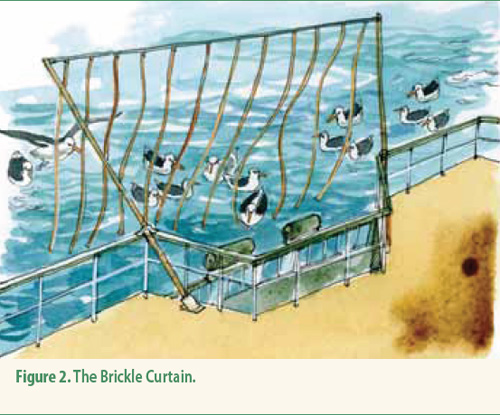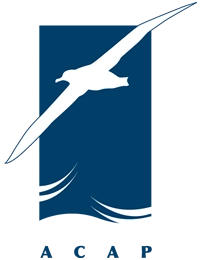E. Reid of the BirdLife International Global Seabird Programme based at Birds Australia and colleagues have recently published in the latest issue of the journal CCAMLR Science on recommended methods (Bird Exclusion Devices or BEDs) used to reduce mortality of Southern Ocean albatrosses and petrels during the hauling of longlines.
The paper's abstract follows:
"In recent years there has been an increased focus on reducing seabird captures that occur during hauling in CCAMLR longline fisheries. Haul captures were first recognised by CCAMLR as a problem as early as 1994/95 when steps were taken to reduce the attraction of seabirds to vessels during the hauling process. Since 2003, increased efforts have been made to improve the design and performance of bird exclusion devices (BEDs) placed around the hauling bay. Data collected by scientific observers since 2003 suggest that there are two key aspects of effective BEDs, firstly that they provide a deterrent to seabirds landing adjacent to the line as it is being hauled, and secondly that seabirds are deterred from swimming or ‘jumping' into the area around the hauling bay. Based on this analysis, CCAMLR incorporated these two key functional characteristics into the specification."

The Brickle Curtain is an early Bird Exclusion Device used during longline hauling
Reference:
Reid, E., Sullivan, B. & Clark, J. 2010. Mitigation of seabird captures during hauling in CCAMLR longline fisheries. CCAMLR Science 17: 155-162.
John Cooper, ACAP Information Officer, 18 December 2010

 English
English  Français
Français  Español
Español